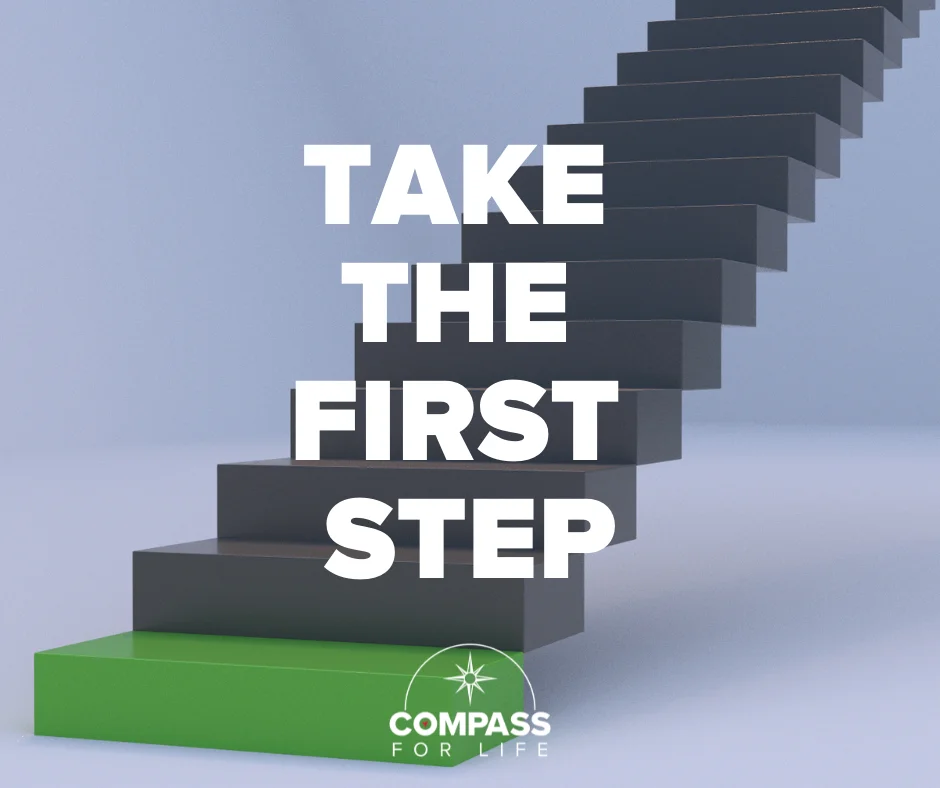Believe it or not, conflict is a good thing if understood and embraced by all the parties involved. The caveat here is that most conflicts that arise in the workplace are born out of situations where two parties have simply failed to communicate with one another effectively. The emotions that accompany conflict are perfectly natural but need to be understood and addressed properly by both parties involved. This is inherently difficult to do when emotions are running high which is why this blog shares some practical steps that you can take to resolve conflict in the workplace.
Understanding the causes of conflict

Have you ever noticed that whilst you’re in conflict with someone in the workplace, you become more aggressive, less empathetic, and find speaking to the person in a calm and measured way nearly impossible?
Have you ever noticed that before a confrontation, you rehearse and plan out your attack in anticipation of the other person provoking you or putting up a resistance? If you recognise these thoughts and actions, that’s a good sign…it means that you’re human.
Conflict often arises when one party either feels excluded, humiliated, or when someone’s behaviours seriously challenge another person’s value system. This leads to the affected person going through a cycle of negative emotions triggered by the left amygdala (the part of your brain responsible for emotional responses).
The brain does this because it senses a threat to the person so goes into overdrive; creating a cycle of thought that seeks to protect the person being threatened. As such, the common outcome is that this person begins to assign blame to the other party for the conflict and continues to explore the situation using the negative side of fear (see previous blog to understand the positive side of fear). Ultimately, the cycle exists as a defence mechanism because, in the moment, your brain has identified an enemy and will do what it can to protect you.
However, there is good news! As humans, we have the unique ability to step away from our emotions before a response to a stimulus takes place. Below are some helpful tips to help you manage and resolve conflict in the workplace (or in your home life). They might seem easy to do, but they will take time, energy, and practice to get right.
Practical Steps to Resolve Conflict in the Workplace
Reframing your understanding of conflict is part of the journey of resolving conflict with others. In free societies and forward-thinking organisations, conflict is an essential part of the process of improving. However, how we engage with conflict as individuals and institutions has a direct link to how quickly we can innovate and adapt. The best organisations create conditions where conflict is welcomed and explored in a safe way. Here are some tips on how to think differently about conflict when it arises:
Seek understanding of your role in the conflict

This is probably the most difficult one to embrace as it requires you to accept that you have a role to play in any conflict you find yourself in. It isn’t about blame or assigning responsibility for the conflict to either party, but rather trying to understand more deeply how you and the other party have played a role in allowing the conflict to arise.
This helps break the cycle described above of the left amygdala hijacking your brain. In a sense, it allows you to rise above the situation and analyse the constituent parts of the entire conflict before action is taken to discuss or resolve it.One technique that helps put you into this space is attempting to see the situation from the perspective of the other party: What did you say? How did you say it? How might that come across to someone who has a different values system to you? Being empathetic helps to resolve conflict in the workplace.
Be open to reconciliation rather than winning or losing

Suspending our need to ‘win’ an argument is a vital mindset shift that is essential to effective conflict resolution. When we go into a ‘win’ or ‘lose’ mindset, we close our minds to resolution possibilities that may present themselves. If both parties have a ‘win/lose’ mindset, it is likely that the conflict will continue to escalate and become toxic. This in turn leads to toxic emotions and further, stronger feelings of contempt for the other party.
Furthermore, the positions adopted by the two parties become far more rigid and entrenched, leading them down a path where resolution may not be able to be found.
There is a possible third outcome in conflict that many people forget about which is that everyone comes out winning. This suggests that a compromise has been found and both parties are willing to move forward positively, which in turn helps the wider organisation or community.
By listening with intent to the other party whilst having an open mindset, you can find that the conflict can be resolved much more quickly and with less social damage between the two parties. Approaching the conversation with the intent to understand the other party, rather than making them wrong, allows space for the conflict to deescalate. This approach takes great self-discipline and leadership, but can be extremely effective to resolve conflict in the workplace.
Be First

The easiest route to take when conflict arises is to simply do nothing. By doing nothing, no one has to show vulnerability or feel awkward by being the first one to address the other party. There aren’t many people who enjoy confrontation, which is why not many people have developed the skills to manage it effectively.
However, if you find yourself in a conflict with someone else, the best course of action is to be proactive about addressing the issue with the person sooner rather than later. Approach the person and schedule a time to meet to discuss the issue at hand. In the conversation, do your best to listen to the other person so that you can fully understand their interpretation of the conflict. This is vital as you may find that their interpretation is very different to yours, which is a sign that the conflict is simply born out of miscommunication.
However, if it seems that the problem is far deeper than a simple miscommunication, by listening, you may be able to hear possible ways to resolve the issue. If the interaction is negative, then kindly highlight this and suggest that you meet again with wider members of your team to help resolve the problem.
Look for Opportunities to Transform

Sometimes, conflicts cannot be resolved. Being aware of this can help progress the conversation into a more workable place for all parties whilst the conflict continues to exist. In this sense, acknowledging that conflicts can be transformed can be an effective way to keep progressing.
This kind of conflict is good for organisations because it is a constant reminder that certain areas of the organisation are continuing to adapt, innovate, and improve. This is also true of the people involved. When you sense that a conflict is unable to be resolved, seek to find common ground that both parties can agree upon to move forward.
Counterintuitively, conflicts of this nature are healthy to stumble upon and organisations and teams would benefit more greatly from having more of them. It shows that boundaries are being pushed, people are experimenting, and organisations are innovating. However, if this process is not embraced and not managed responsibly, it can lead to toxic cultures so practising the above methods of conflict resolution will be essential to avoiding this.
Finally, articulating your values and what you stand for becomes easier when you are challenged by someone or something that flies in the face of those values. Conflict has a unique way of helping people and organisations identify and clarify what they believe in. Conflict strengthens our value systems by showing us what we don’t want. Therefore, we should embrace conflict and create spaces where conflict is normalised and managed responsibly. However, the success of navigating conflict ultimately comes down to our individual efforts to identify, understand, and control our emotions. So, you have the power to resolve conflict in the workplace.
Embrace conflict, understand and lean into fear. It will help you grow, develop, and better understand the world around you. Do you agree?
